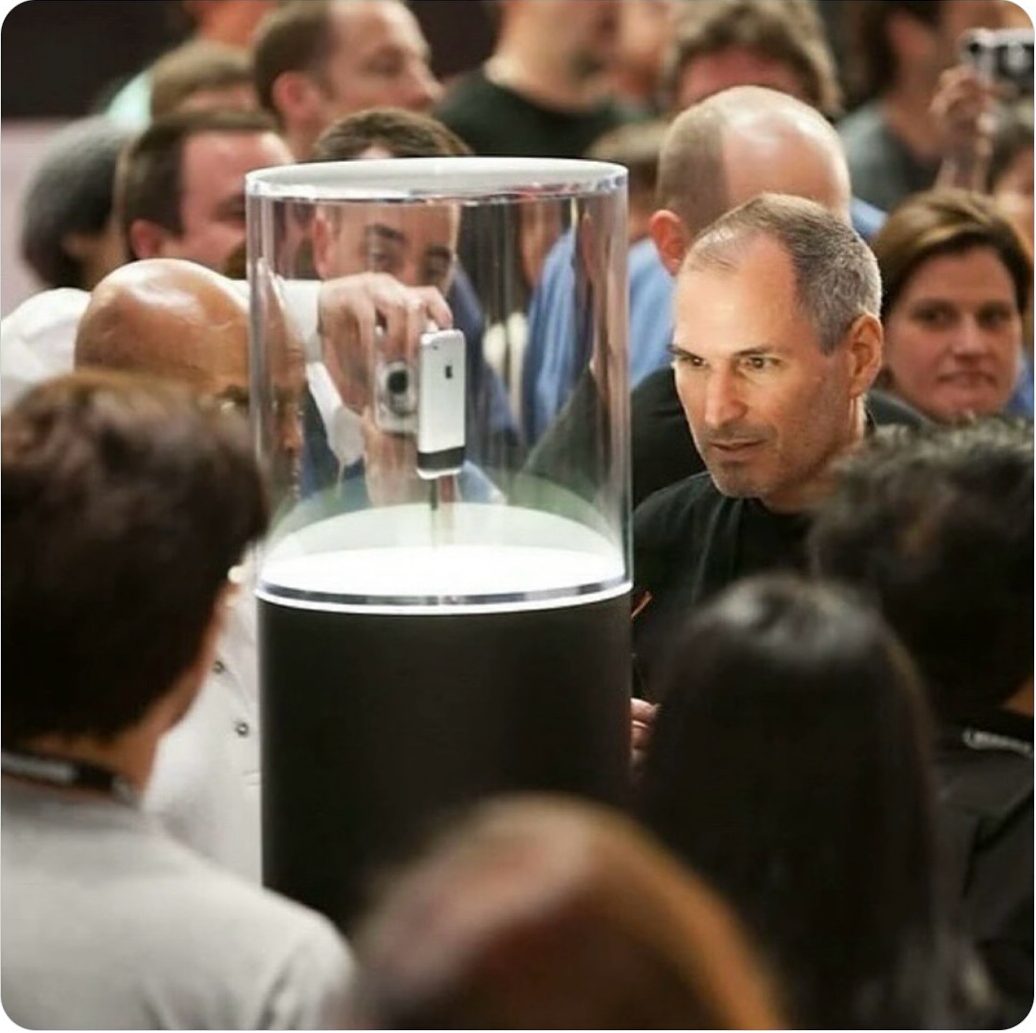How Steve Jobs’ 2007 iPhone Reveal Changed Technology Forever and Sparked a New Era of Innovation
On January 9, 2007, history was written in a way that very few people in the room realized at the time. At Macworld in San Francisco, Steve Jobs walked onto the stage with his trademark black turtleneck, jeans, and quiet confidence, and introduced what he called three revolutionary products: a widescreen iPod with touch controls, a revolutionary mobile phone, and a breakthrough internet communicator. The crowd clapped for each one, not realizing that Jobs was teasing them, setting up one of the greatest reveals in tech history. Then he dropped the bombshell. “Are you getting it? These are not three separate devices. This is one device.” And with that, the iPhone was born.
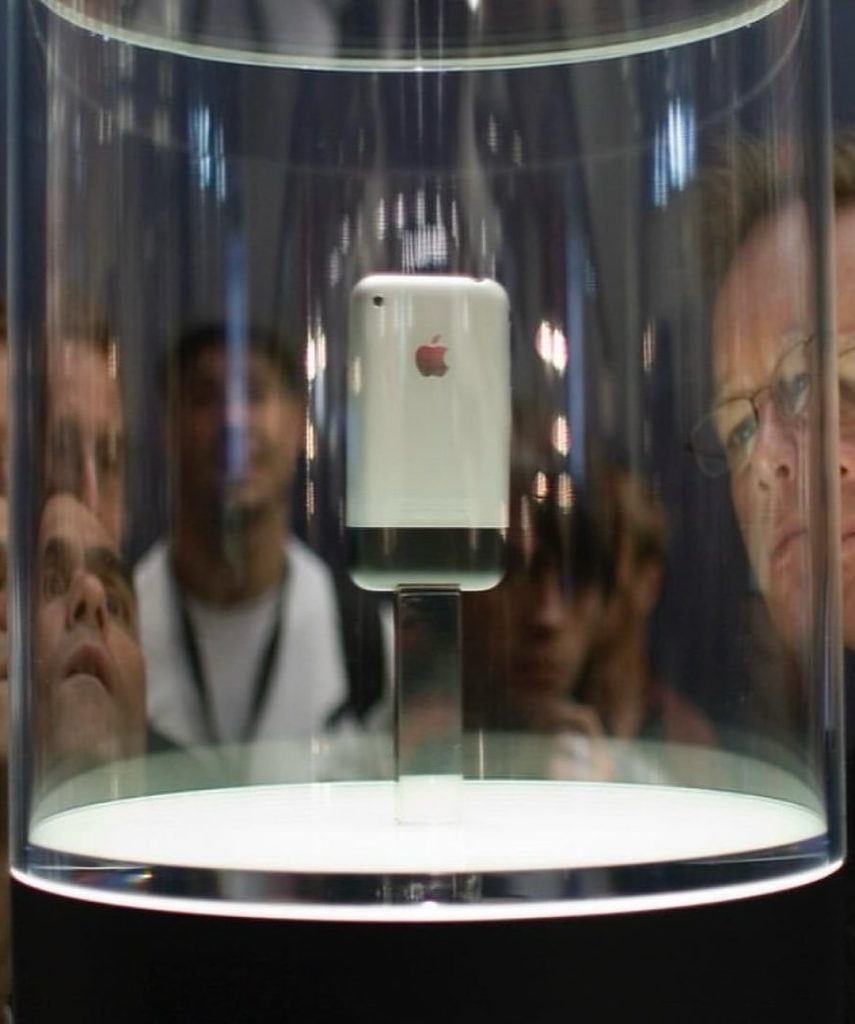
For many who were there, the moment felt like stepping into the future. Until then, mobile phones were clunky, filled with physical buttons, and largely designed around calling and texting. Internet access on phones existed, but it was frustrating, slow, and nothing close to the real web. Music players were separate devices, and most people carried around more than one gadget. Jobs took all of that and combined it into something elegant, simple, and almost magical. The concept of multitouch gestures—pinching to zoom into photos, swiping to scroll smoothly, tapping with a finger instead of poking with a stylus—felt like science fiction. Seeing full web pages load on a handheld screen without stripped-down text versions was jaw-dropping in 2007.
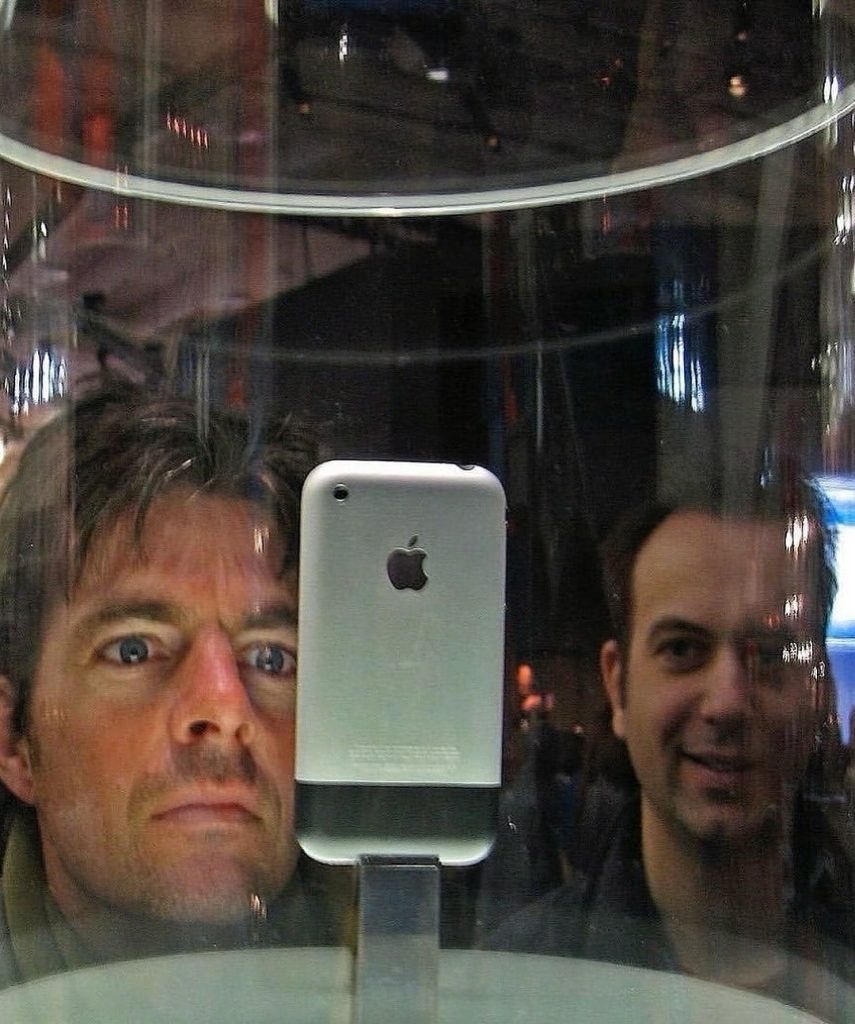
After the keynote ended, the prototype iPhone was placed in a glass case. People crowded around it, taking photos with their digital cameras and flipping phones, staring as if it was an artifact from another planet. It wasn’t just a new product; it was the beginning of a cultural shift. For months after, anticipation built up like never before for a tech release. Lines formed outside Apple Stores, people camped overnight, and when the iPhone finally went on sale on June 29, 2007, the world of technology—and daily life—would never be the same again.
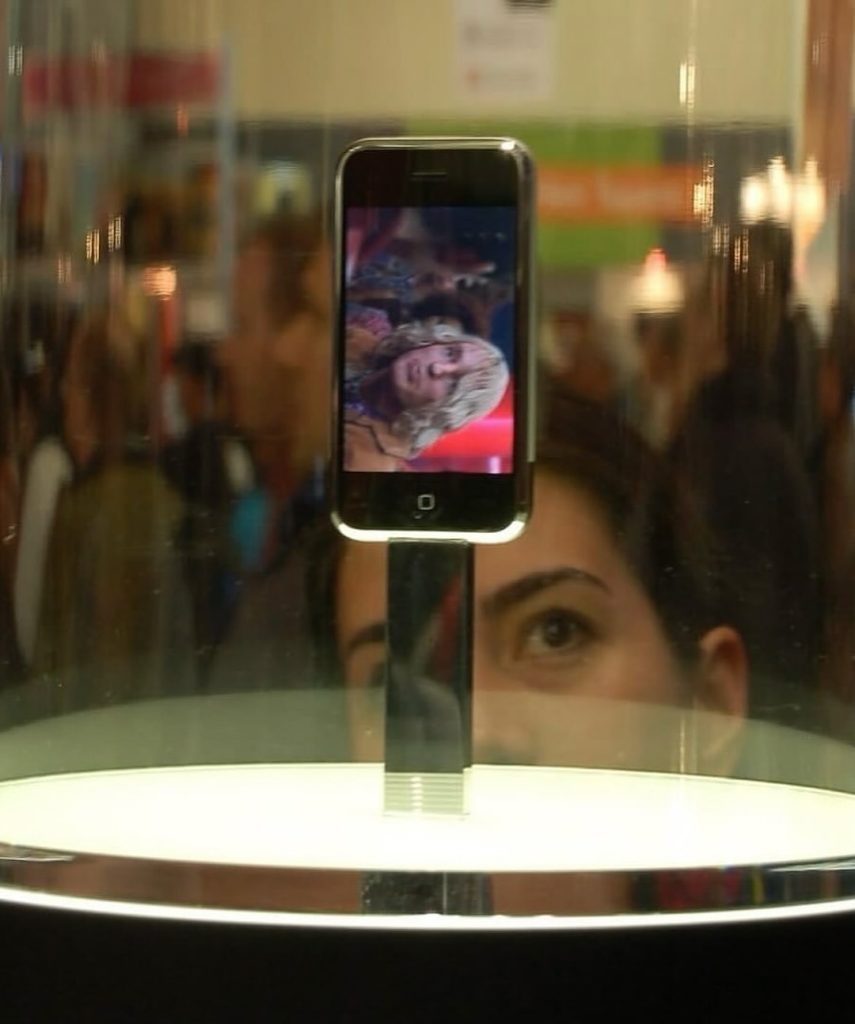
Looking back now, it’s hard to imagine a world without smartphones, but in 2007, the iPhone was radical. It didn’t even support third-party apps yet, it only worked on AT&T in the United States, and its first-generation internet speed was slower than what we take for granted today. And yet, it represented something far bigger than its limitations. It was the first device that truly felt like it put the internet in your pocket. It made the idea of touch-based computing mainstream. It showed that a phone could be more than a tool—it could be a platform, an extension of your life.
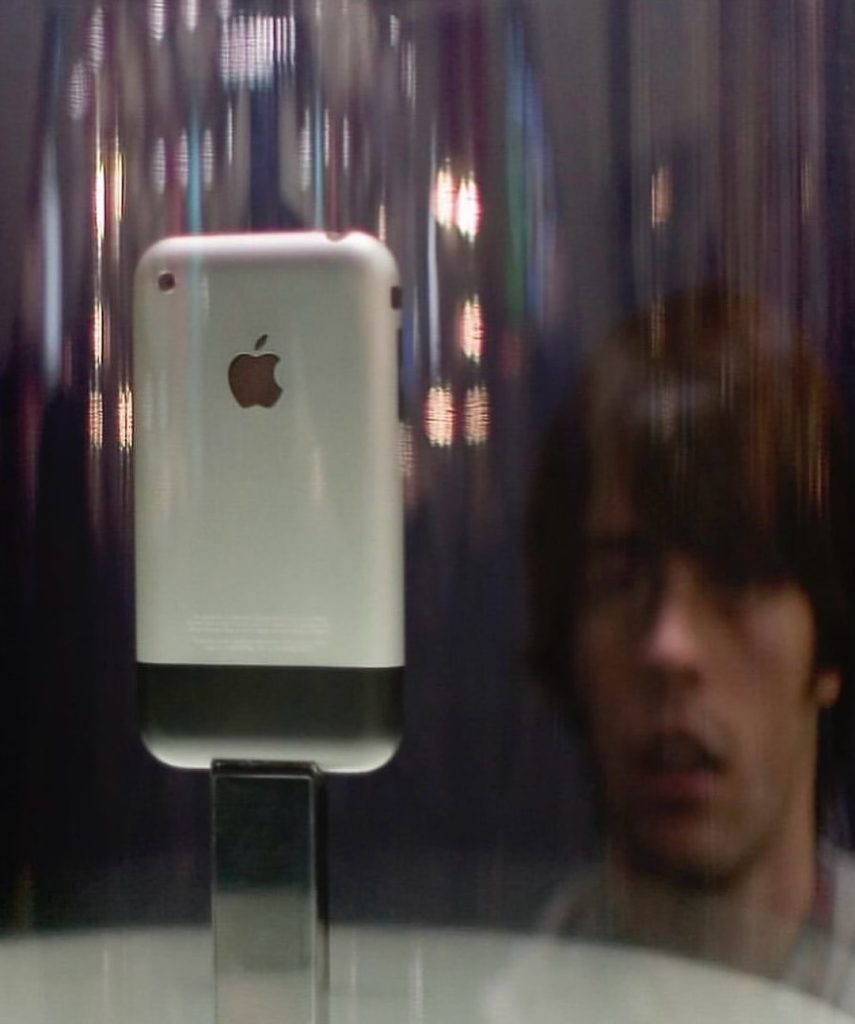
Steve Jobs had a gift for showmanship, and that keynote has gone down as one of his most iconic moments. The crowd’s reactions—gasps, cheers, and stunned silence—captured the energy of witnessing something genuinely new. For those who were there that day, staring at the iPhone behind the glass case, it wasn’t just about looking at a product. It was about realizing the world was about to change in ways nobody could fully understand yet. Today, with billions of smartphones in use, it’s clear that January 9, 2007, was the spark that lit a fire across the entire tech industry.
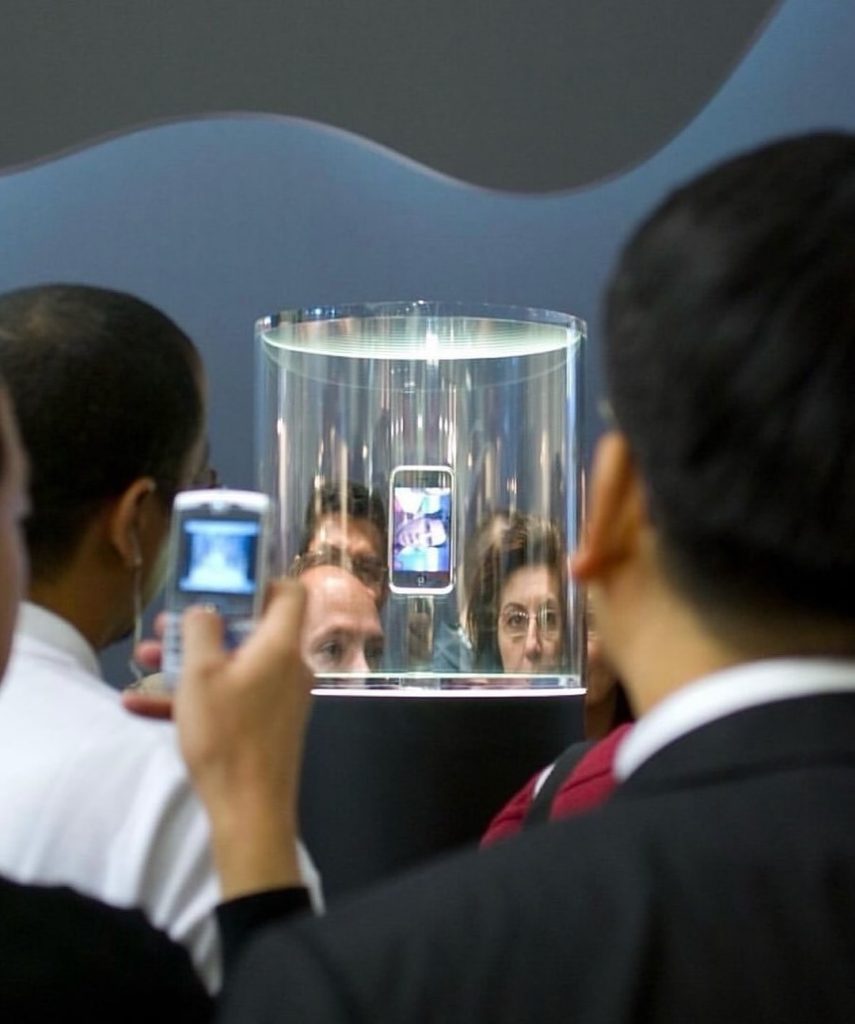
The iPhone became more than just a device. It redefined how people communicate, how they work, how they take photos, how they shop, and even how they see the world. That moment 18 years ago when people leaned over the glass case, pressing their faces close to catch a glimpse of the future, feels almost mythical now. It was the day when technology stopped being just about machines and started being about people—about the way we live every single day.

Daniel Reed is a curious mind with a passion for breaking down how the world works. With a background in mechanical engineering and digital media, he turns complex ideas into easy-to-understand articles that entertain and inform. From vintage tools and modern tech to viral internet debates and life hacks, Daniel is always on the hunt for the “why” behind the everyday. His goal is simple: make learning feel like scrolling through your favorite feed — addictive, surprising, and fun.
